Peter has been playing the trumpet for 2 years. To grow, he hopes to join a music ensemble to expand his network and create music with more people.
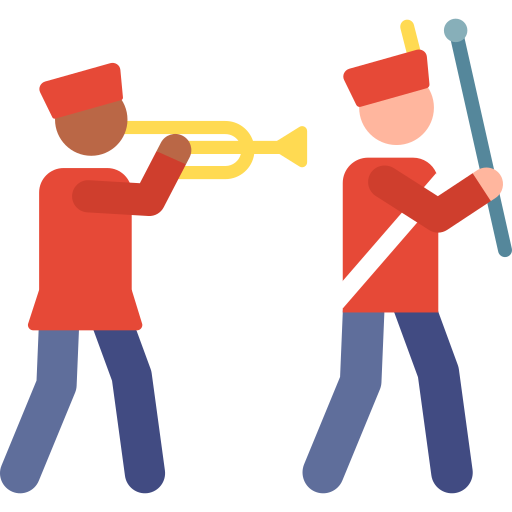
There's just one obstacle: he has an audition in 2 months and is struggling to learn the music fast enough.

By exploring the practice techniques in this Byte, Peter will be able to learn more music faster!
Warm Up
1. Stretch
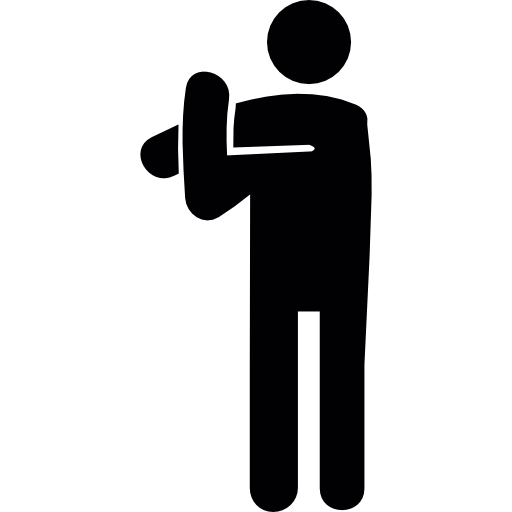
Be aware of the muscles you use for your particular instrument and focus on stretching them.
This helps you avoid injuries such as:
2. Play Long Tones
(Skip if you're a piano player)
Long tones (playing single notes for long periods of time) allow you to:
Work on the individual notes of your chosen instrument. This will expand your range (the range from your lowest to your highest notes).
Support transitions between notes, ensuring that transitions are smooth and error free.
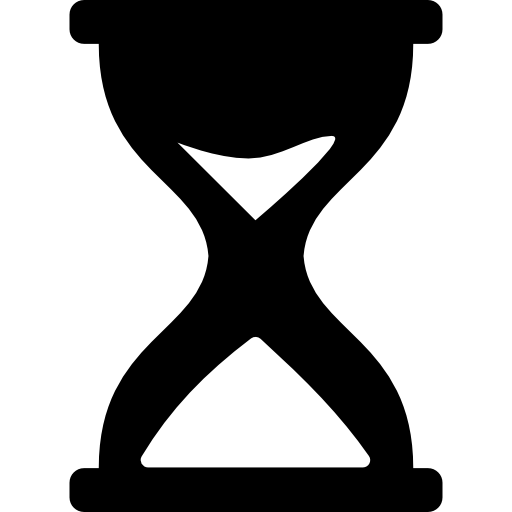
Challenge yourself:
Use a tuner and/or a drone to check your intonation
Add different dynamic (volume) ranges
Play various intervals (moving from one note to another)
3. Play Scales
Western music contains 12 major scales and 12 minor scales. Feeling comfortable playing in all 24 scales (keys) will allow you to play with more ease and learn music faster!

Figure out what key your piece is in and place emphasis on that scale in your warm-up session.
4. Play Studies and Exercises
This provides a mini-work out before you enter your practice session.
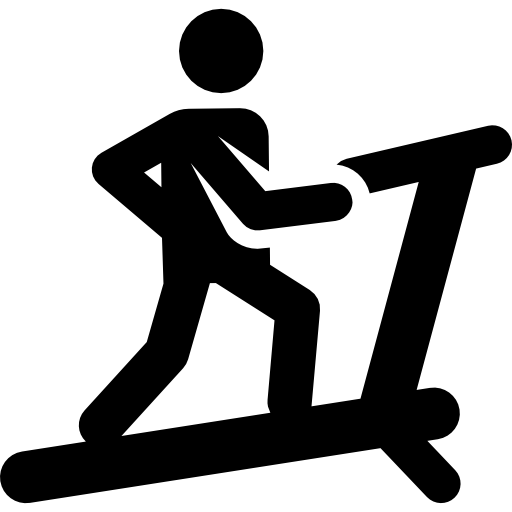 Benefits include:
Benefits include:
Gets your fingers/arms/vocal chords moving
Allows you to begin to focus on various rhythms and tempos
Allows you to work with various articulations
Can be played as a duet with a friend to get your ears actively listening
Quiz
Peter is having difficulty playing a repetitive section in his audition piece as his fingers and hands cramp up. What should he do to fix this issue?
Dissect Your Music
Receiving new sheet music (especially when you're on a tight timeline like Peter) can be very overwhelming.
Instead of trying to play everything perfectly, take time to dissect your music.
Find the challenging sections and play them much slower than its original tempo.
When you can play the section 5 times in a row with no mistakes, bring the tempo up by 5-10 BPM (Beat Per Minute) on your metronome. See image below.
Now add the bar before that section so you can practice the transition.
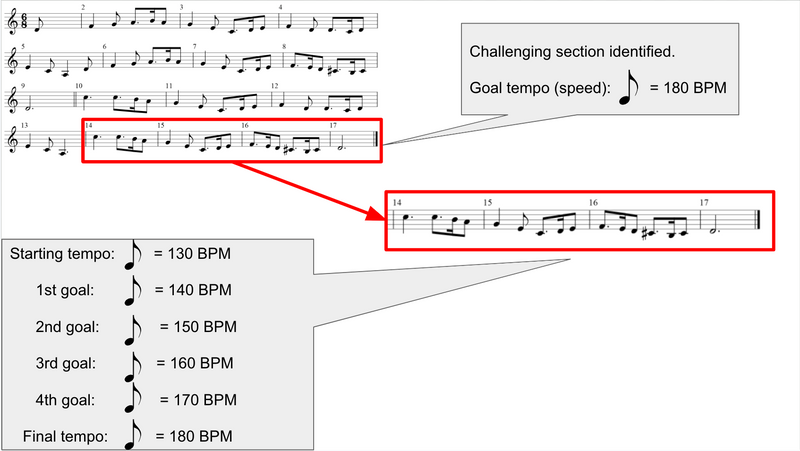
Get Feedback
Learning how to receive feedback is a skill in itself, but it makes a huge difference (especially for young musicians).
 When practicing and performing, you have a lot going on in your head. You may develop blindspots in your own performance.
When practicing and performing, you have a lot going on in your head. You may develop blindspots in your own performance.
2 main ways of obtaining feedback include:
Personal Feedback
 Try to record yourself and come back to the recording after some time so that you are listening with fresh ears.
Try to record yourself and come back to the recording after some time so that you are listening with fresh ears.
Listen for:
A change in tempo where there should not be
Wrong articulations
Not giving enough contrast in your dynamics
And more!
Peer/External Feedback
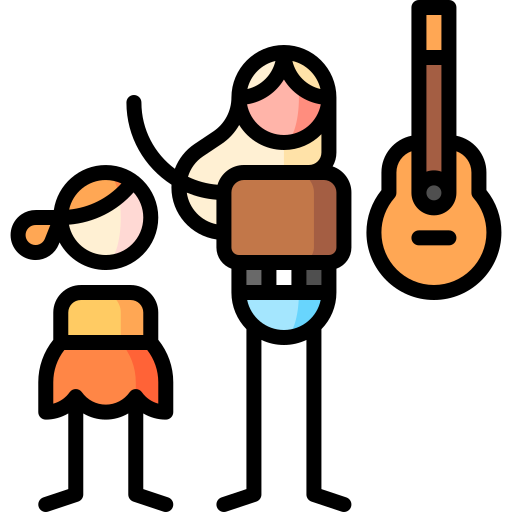 Asking others for support allows us to hear diverse opinions and helpful new tips.
Asking others for support allows us to hear diverse opinions and helpful new tips.
Feel free to ask friends, family, or a music teacher for support.
They may also point out:
A need for improvement in posture
A correction in embouchure (how you shape your mouth)
An incorrect rhythm
Wrong notes
And more!
Remember, feedback is good! It shows you the areas that need improvement so that you can fix them.
Quiz
Peter now feels comfortable playing through each piece and now is looking for feedback. His teacher notices his tempo is uncontrolled and changing. What can he do next?
Take Action
Remember, the key is efficiency. Spending hours practicing doesn't always help. By practicing smartly, you can achieve the same result in less time!

Your feedback matters to us.
This Byte helped me better understand the topic.
